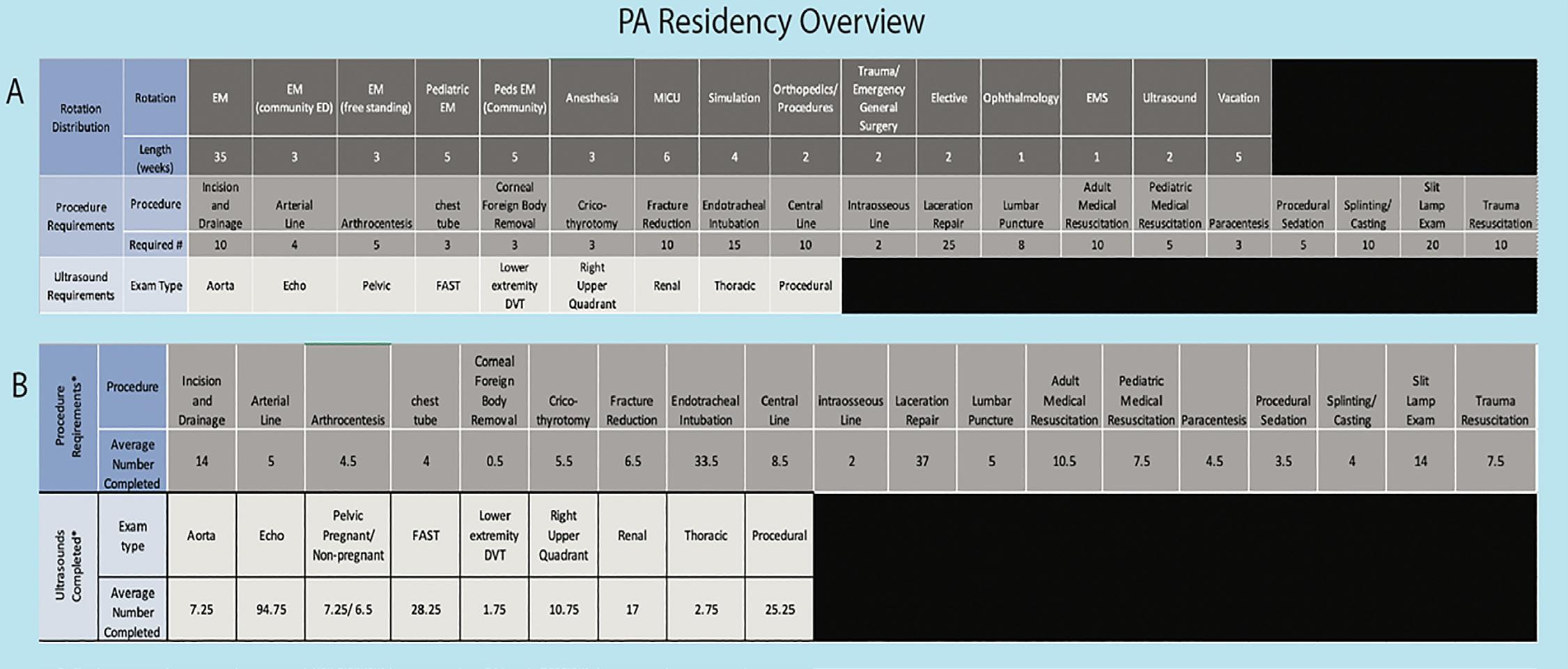Emergency Medicine Virtual Clerkship curriculum to focus on their own strengths. In the past, visiting clerkships have acted as a recruiting tool for residencies,8 and virtual clerkships may also allow residencies to highlight strengths and successfully recruit. Students from 22 institutions participated in our clerkship at minimal cost to them (only the cost to apply via VSAS). In contrast, EM applicants averaged 1.9 visiting rotations costing almost $1000 per rotation in 2019.37-39 While many institutions have implemented scholarships for underrepresented in medicine students, virtual clerkships remove financial barriers for all students and may be an invaluable option for students with familial or other obligations.40 Virtual clerkships represent an additional strategy to help mitigate the socioeconomic barriers of visiting rotations. While students perceived our virtual experience to be valuable, several challenges were encountered. The clerkship required significant administrative efforts and a large number of facilitators to create the intimate small-group experiences critical to its success. There was no protected time or funding for the instructors. Overall, at least 40 hours per clerkship among NW and SV were required, which did not account for planning and time from all instructors who volunteered their time. These requirements may be adjusted by limiting the number of students enrolled. Furthermore, as we look to the future, simultaneously administrating a virtual clerkship and in-person clerkship will likely require significant additional administrative support. While this rotation ultimately served 25 students, we considered this rotation to be a success as we were fortunate to match three interns of our current class from the Virtual Clerkship. If we were to repeat this clerkship again, we would expand our evaluation efforts as it was limited, mainly only allowing for assessment in small groups. One other addition would be to encourage asynchronous communication among students and faculty. Examples of communication would be continued improvement of the environment and incorporation of daily questions expanding on the day’s content to further enhance spaced repetition. Lastly, interest in our virtual clerkship was likely increased due to COVID-19 restrictions on in-person opportunities. Future versions will require more advertisement and may not bolster as much interest. We envision we will offer both versions of each clerkship separately moving forward. However, we likely would not offer a formal SLOE to students who pursue the Virtual Clerkship given we cannot comment on their clinical skills in the virtual format. However, we would gladly write a letter of recommendation as, in some ways, program leadership may get to know these students in a more personal way, especially with certain aspects of the SLOE such as “commitment to EM.” Finally, we may incorporate some of the social EM content and other teaching modalities into the traditional clerkship.
Villa et al. However, our experience suggests that virtual learning experiences may be valuable in the future as an adjunct to traditional in-person rotations. Virtual rotations provide flexibility allowing for the incorporation of topics not traditionally taught (eg, social EM), allow residencies and students increased access to one another, and may eliminate socioeconomic barriers advancing educational equity.
Address for Correspondence: Stephen Villa, MD, David Geffen School of Medicine, Department of Emergency Medicine, 10833 Le Conte Avenue, Los Angeles, CA 90095. Email: sevilla@mednet.ucla.edu. Conflicts of Interest: By the WestJEM article submission agreement, all authors are required to disclose all affiliations, funding sources and financial or management relationships that could be perceived as potential sources of bias. No author has professional or financial relationships with any companies that are relevant to this study. There are no conflicts of interest or sources of funding to declare. Copyright: © 2022 Villa et al. This is an open access article distributed in accordance with the terms of the Creative Commons Attribution (CC BY 4.0) License. See: http://creativecommons.org/ licenses/by/4.0/
REFERENCES 1. Kaul V, Gallo De Moraes A, Khateeb D, et al. Medical education during the COVID-19 pandemic. Chest. 2020;S0012-3692(20):35514-8. 2. AAMC. Important guidance for medical students on clinical rotations during the coronavirus (COVID-19) outbreak. 2020. Available at: https://www-aamc-org.libproxy2.usc.edu/news-insights/press-releases/ important-guidance-medical-students-clinical-rotations-duringcoronavirus-covid-19-outbreak. Accessed December 23, 2020 3. AAMC. Final report and recommendations for medical education institutions of LCME-accredited, U.S. osteopathic, and non-U.S. medical school applicants. 2020. Available at: https://www-aamcorg.libproxy2.usc.edu/system/files/2020-05/covid19_Final_ Recommendations_05112020.pdf. Accessed December 23, 2020. 4. Katirji L, Smith L, Pelletier-Bui A, et al. Addressing challenges in obtaining emergency medicine away rotations and Standardized Letters of Evaluation due to COVID-19 pandemic. West J Emerg Med. 2020;21(3):538-41. 5. Aiyer AA, Granger CJ, McCormick KL, et al. The impact of COVID-19 on the orthopaedic surgery residency application process. J Am Acad Orthop Surg. 2020;28(15):e633-e641. 6. Negaard M, Assimacopoulos E, Harland K, et al. Emergency medicine residency selection criteria: an update and comparison. AEM Educ Train. 2018;2(2):146-53.
CONCLUSION This virtual clerkship was created in response to an acute educational need created by the COVID-19 pandemic. Western Journal of Emergency Medicine
7. Mueller PS, McConahey LL, Orvidas LJ, et al. Visiting medical student elective and clerkship programs: a survey of US and Puerto Rico allopathic medical schools. BMC Med Educ. 2010;10:41.
38
Volume 23, no. 1: January 2022













